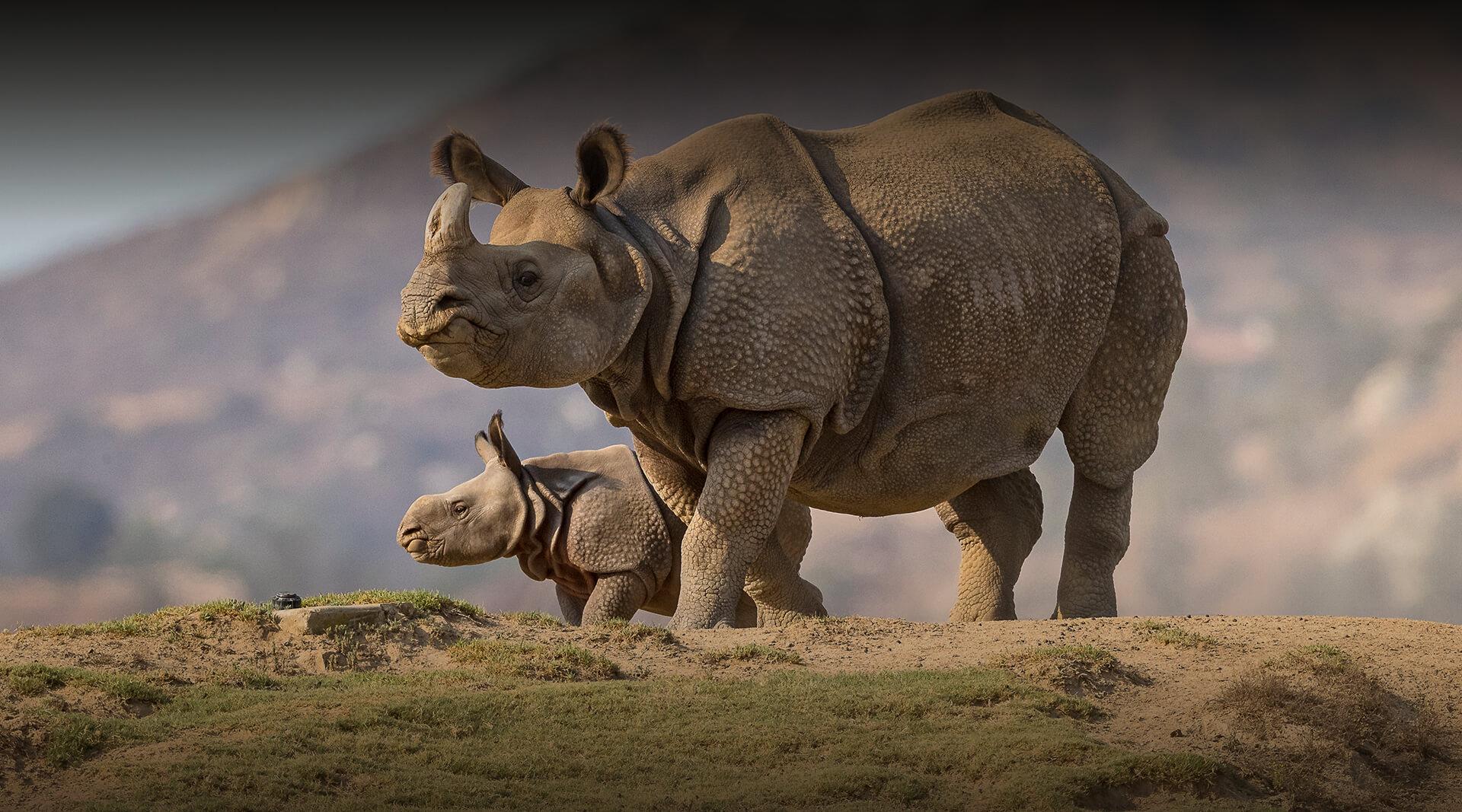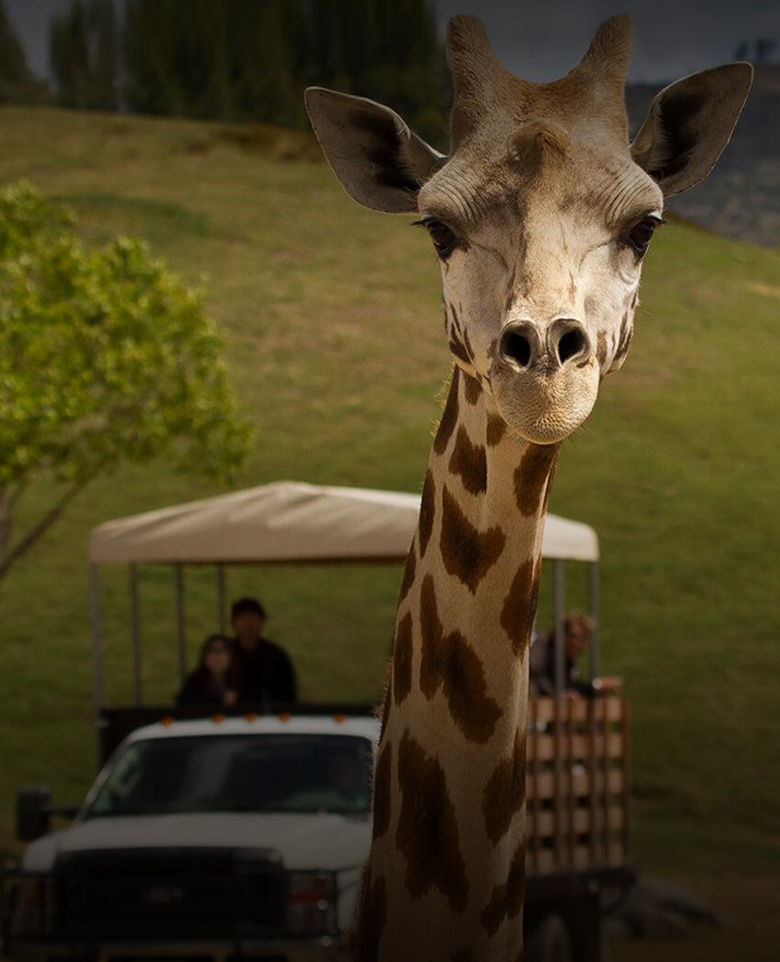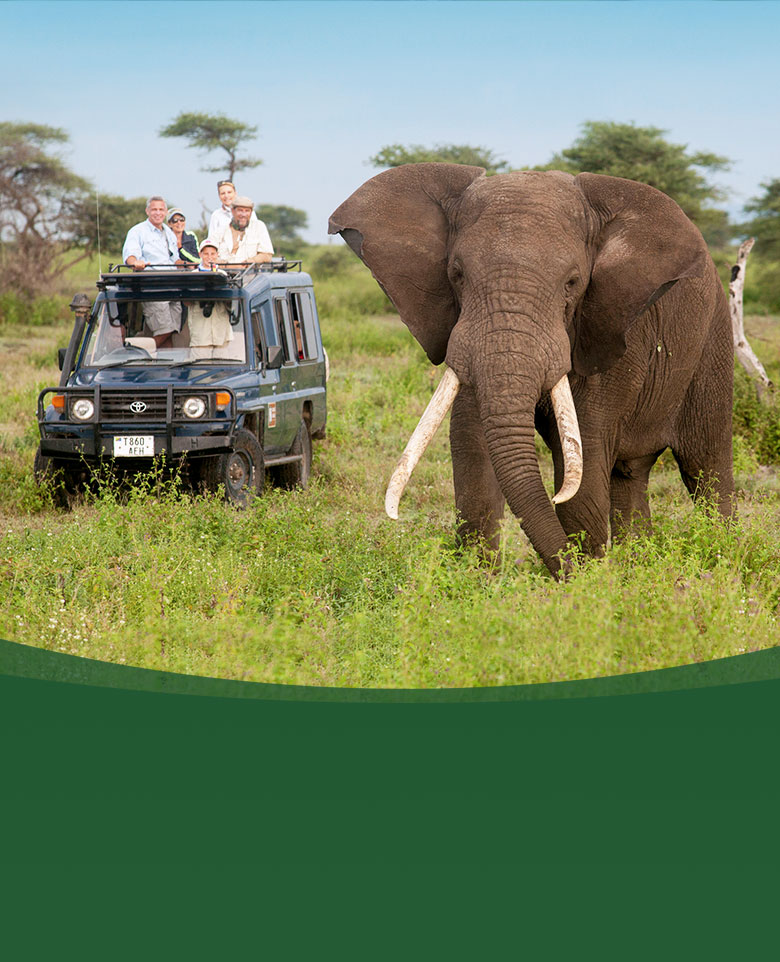Many people describe these rhinos as armor-plated, but they are just covered with a layer of skin that has many folds. Greater one-horned rhinos are native to the humid, swampy areas of Northeast India and Nepal.
All rhinos enjoy a good soak in the mud. But for greater one-horned rhinos, this helps them get through times of high humidity, when insects can be a problem. Plus, that cool mud feels so good! Rhinos may often share a wallowing spot without any fighting, as if it’s neutral ground.
Greater one-horned rhinos were among the original animal species at the Safari Park when it opened to the public in 1972. The species is listed as Vulnerable on the International Union for Conservation of Nature (IUCN) Red List of Threatened Species. Today, we have the largest crash of rhinos and the most successful managed-care breeding program for rhinos anywhere in the world.
You can admire them up close during a Cart Safari!






